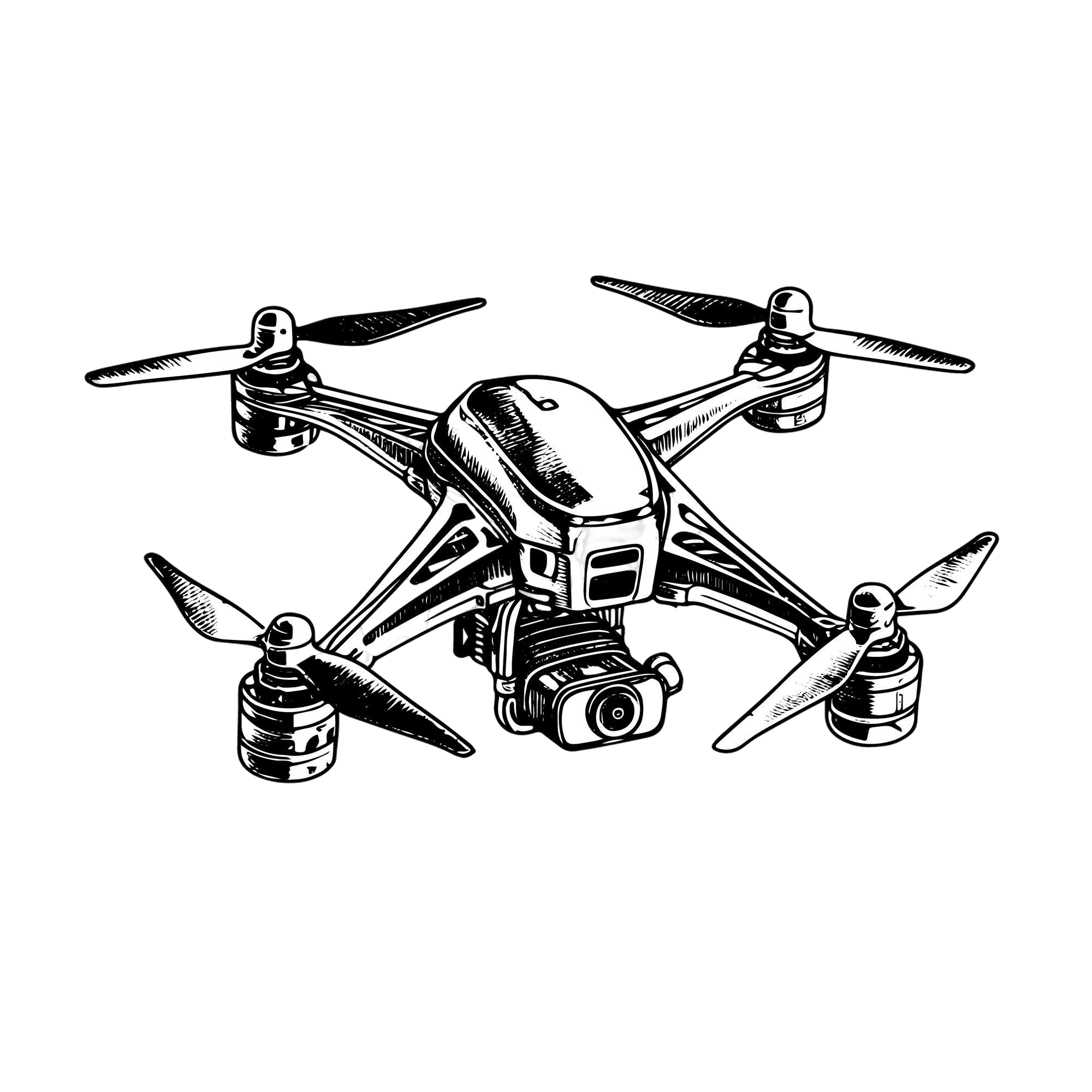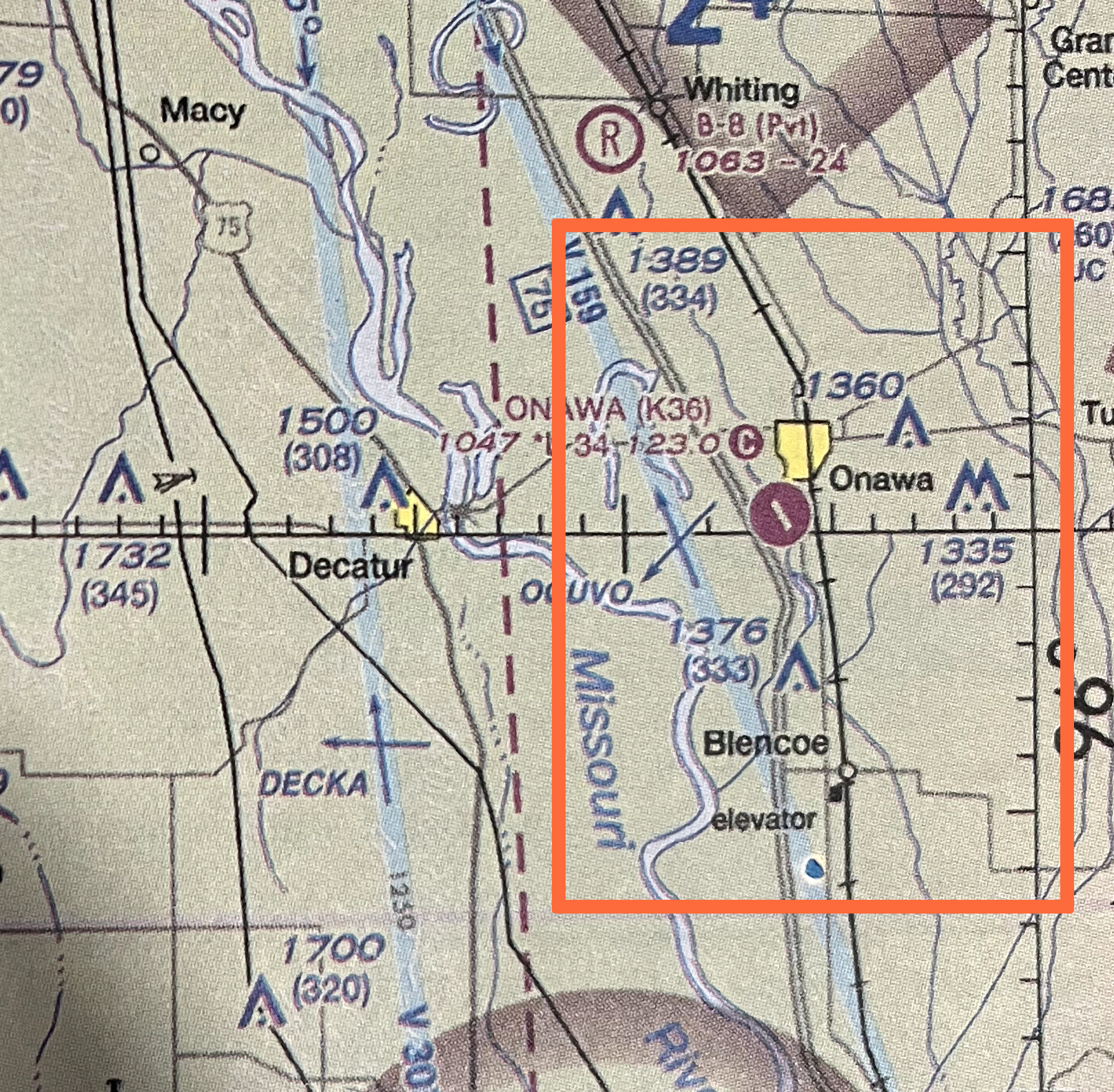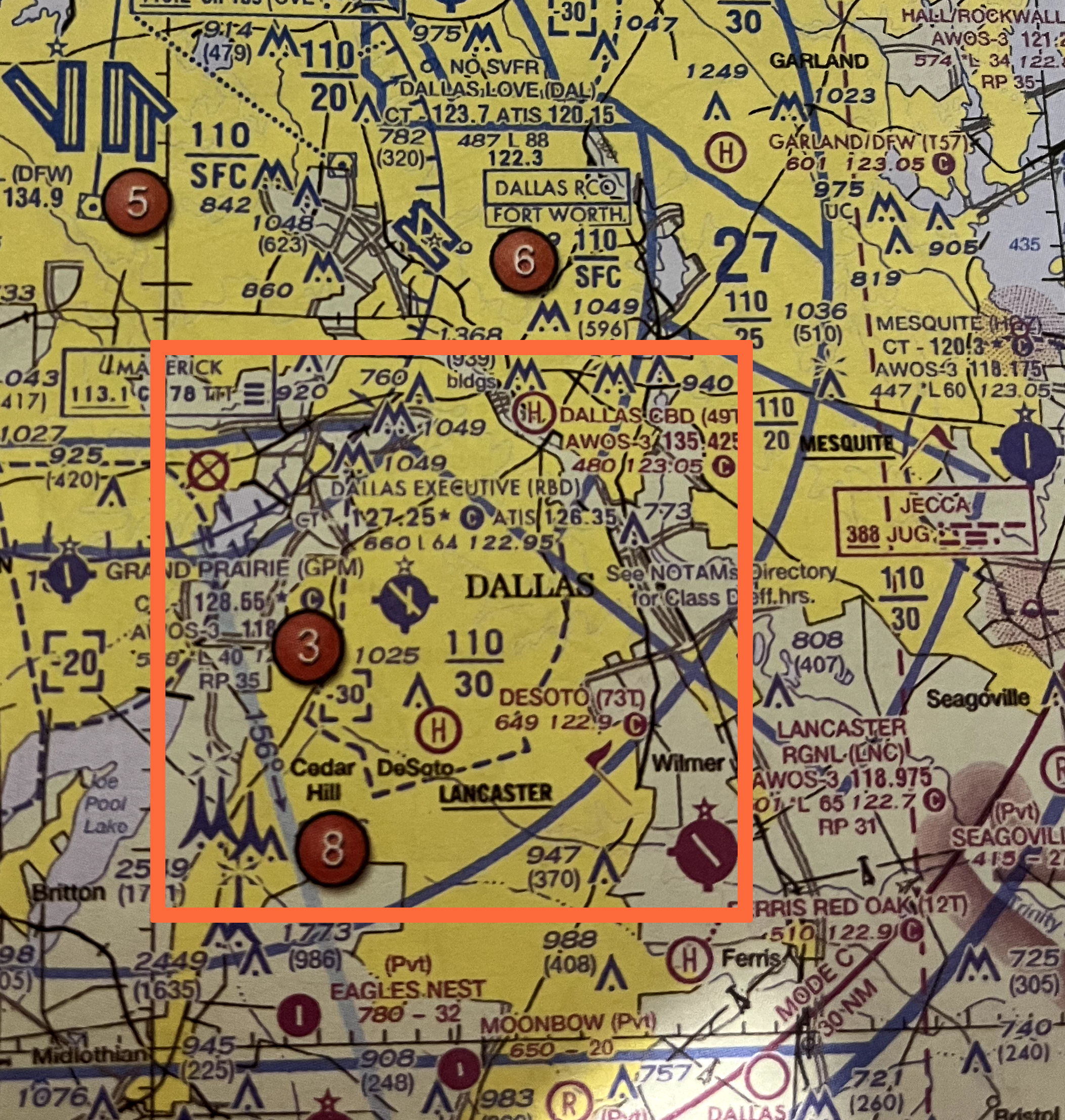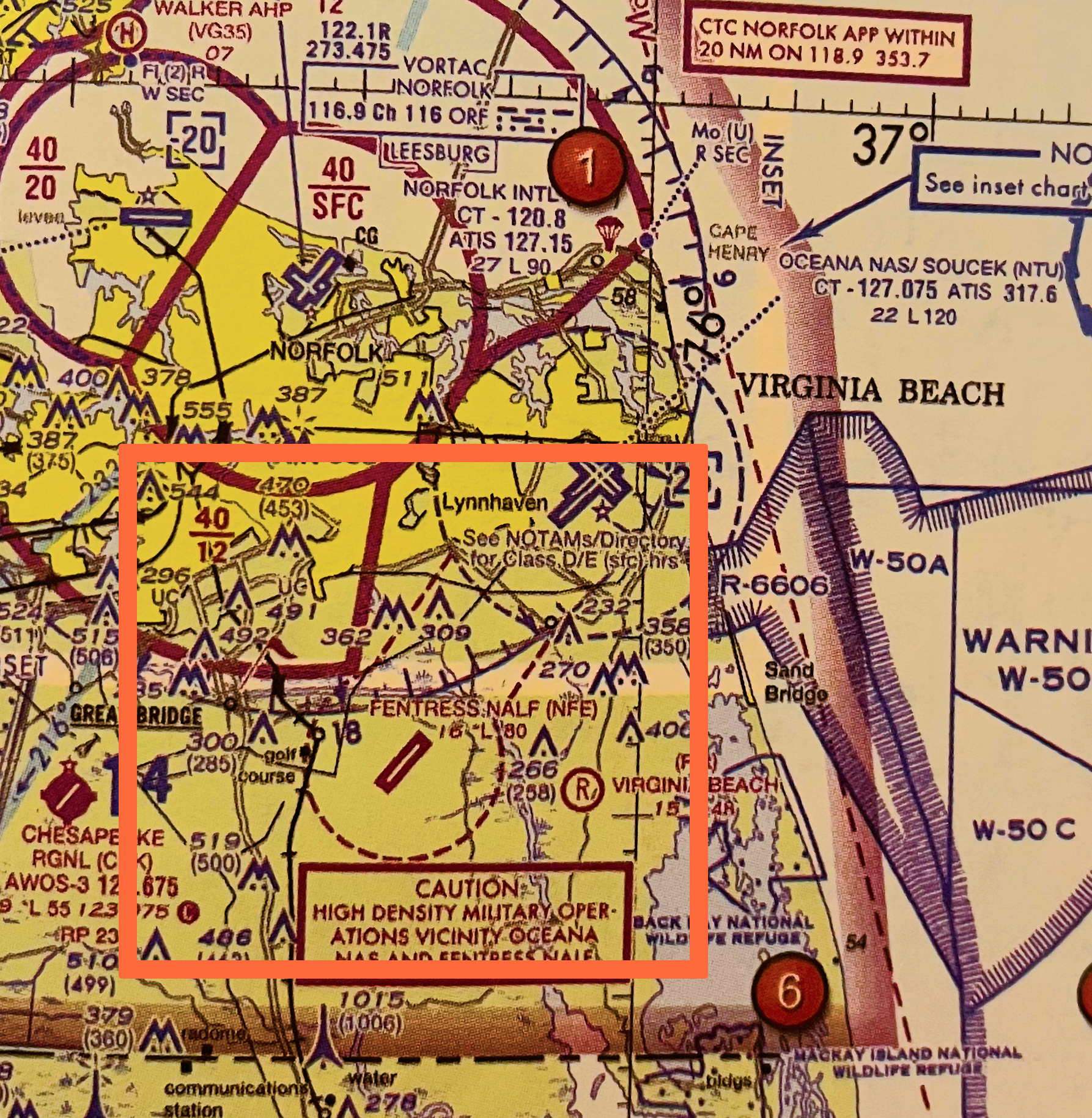
Introduction to Classes G, E, and D
In this next lesson, we’re focusing on the airspace classes you’ll most likely encounter as a drone pilot: Class G, E, and D.
These are generally the least regulated and least congested parts of U.S. airspace—covering vast rural areas, small towns, and municipal airports.
We’ll break down what’s required to fly in each—like whether you need ATC clearance, if specialized equipment is needed, and how their surface and ceiling layers are structured.
We’ll start with the least regulated (Class G) and work our way up toward more controlled spaces (Class D).

Class G Airspace
ATC Clearance, Specialized Equipment,
Surface & Ceiling
Overview of Class G
- Class G airspace is the least regulated of all airspace classes and serves as the foundation beneath Class E—it’s where drone pilots have the most freedom to operate without needing ATC clearance or specialized equipment.
ATC Clearance Required in Class G?
-
Nope! You do not need Air Traffic Control (ATC) authorization to fly your drone in Class G airspace.
Specialized Equipment Required in Class G?
-
None.
No ADS-B, no Mode C transponder, no two-way radio. Just your drone and good situational awareness.
Surface and Ceiling of Class G
-
Class G airspace always starts at the surface—it’s the ground-level airspace by default. Its ceiling (or upper limit) is usually either 700 feet AGL or 1,200 feet AGL, depending on the area. Above that, it transitions into Class E airspace.

Class E Airspace
ATC Clearance, Specialized Equipment,
Surface & Ceiling
Overview of Class E
ATC Clearance Required for Class E?
It depends.
-
Required:
If you’re flying near an airport where Class E begins at the surface, you do need ATC authorization. - Not Required:
If Class E begins at 700 or 1,200 feet above ground level (AGL) in your area, and you’re flying your drone below that altitude, you’re in Class G airspace—which is uncontrolled.
- That means you don’t need ATC clearance to fly, because you haven’t yet entered the controlled portion of the sky.
- ** Most drone flights under 400 feet AGL will stay entirely within Class G, unless you’re near an airport where Class E starts at the surface.
Specialized Equipment Required for Class E?
-
None.
No ADS-B, no Mode C transponder, no two-way radio. Just your drone and good situational awareness.
Surface and Ceiling of Class E
Class E airspace can start at the surface, 700 feet AGL, or 1,200 feet AGL, depending on the location. Its ceiling goes up to but does not include 18,000 feet MSL, where Class A begins. The surface starting point varies based on how much control is needed near airports or populated areas.
This graphic shows the three possible starting points for Class E airspace:
- Surface level (0 ft AGL) – usually near airports that need controlled airspace at ground level.
- 700 feet AGL – commonly found around regional or municipal airports.
- 1,200 feet AGL – typically in remote areas, away from airports or busy traffic zones.
Visualizing Class E Airspace: Where It Begins:
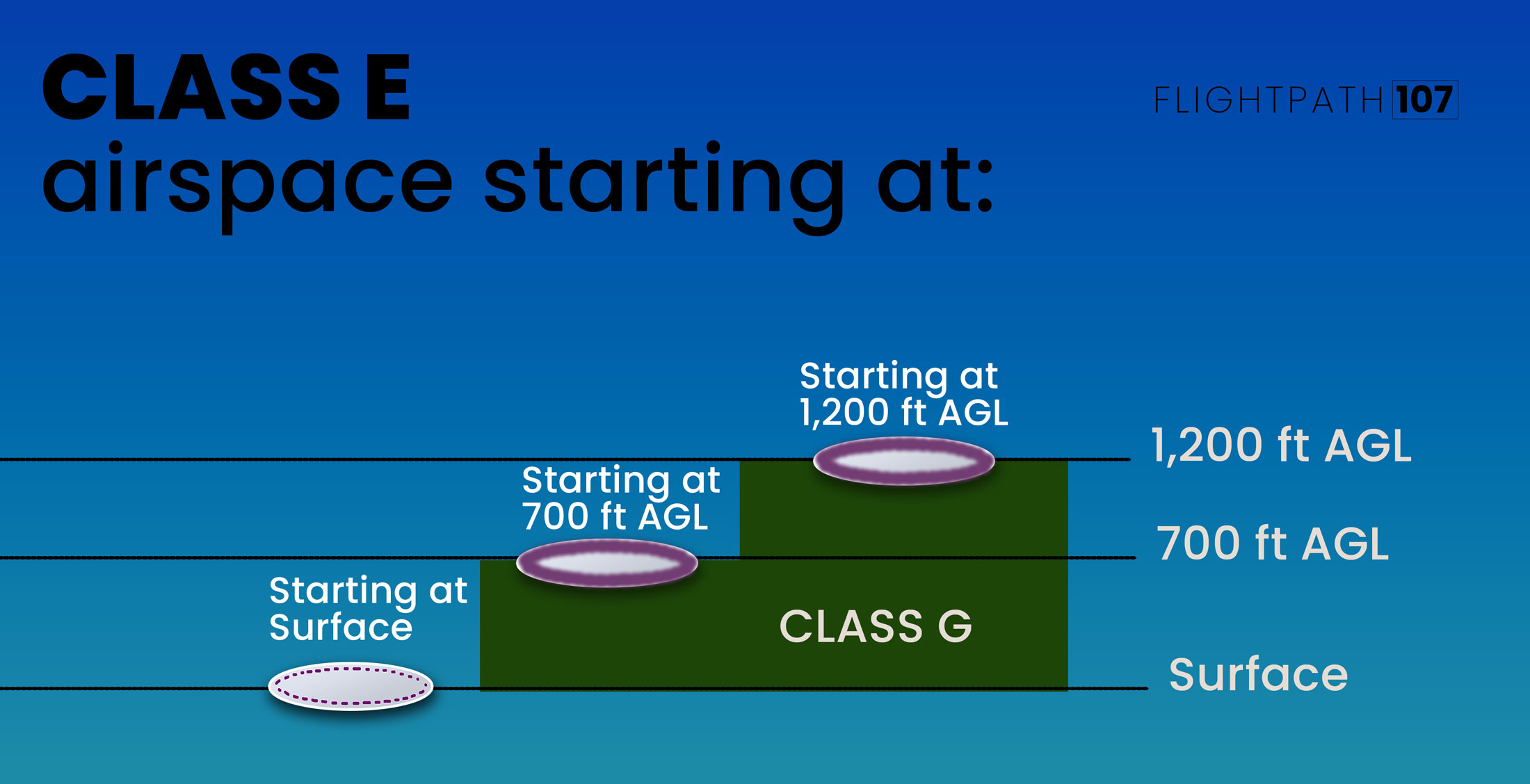
Unless otherwise marked on a sectional chart, most of the sky near the ground is considered Class G airspace—this is the default. But once you climb higher, you’ll often enter Class E airspace, which is controlled and may require authorization depending on where it starts.

Class D Airspace
ATC Clearance, Specialized Equipment,
Surface & Ceiling
ATC Clearance Required for Class D?
- Yes. Drone pilots must receive ATC authorization before flying in Class D airspace.
Specialized Equipment Required for Class D?
- None. Nospecialized equipment is required for drone pilots flying under Part 107.
Surface and Ceiling of Class D
-
Class D airspace always starts at the surface and typically has a ceiling of 2,500 feet AGL. Above that ceiling, it transitions into Class E airspace.
-
This surface-to-ceiling range defines a controlled area around smaller towered airports, designed to manage takeoffs, landings, and nearby air traffic.
Notice in the graphic depicting Class D airspace how it begins at the surface and forms a controlled column that extends upward to a ceiling of 2,500 feet AGL.
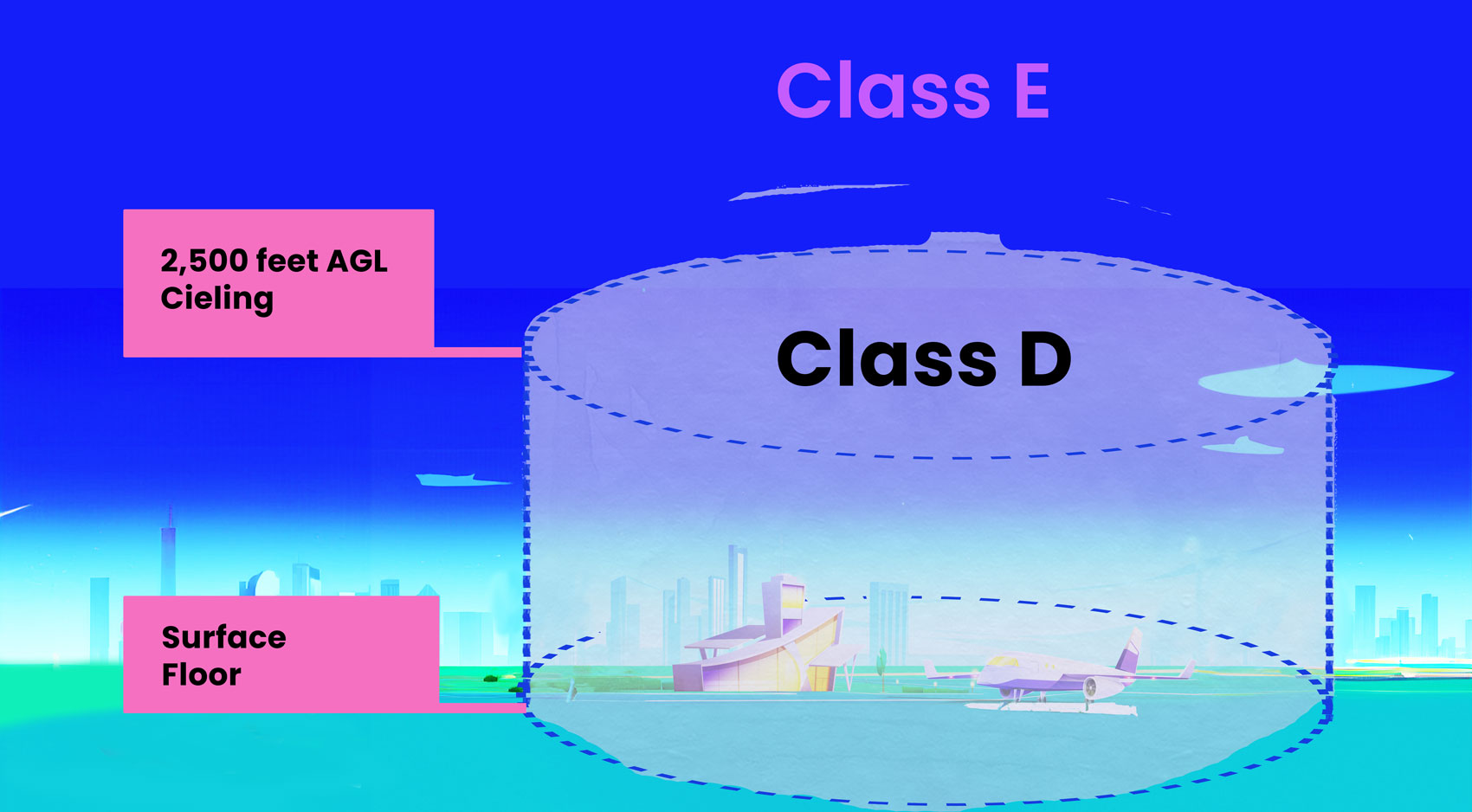
Class D on Sectional Charts
Class D airspace is depicted on sectional charts with a blue dashed line. It typically has a cylindrical shape around the airport, but the exact boundaries are tailored to the airport’s operational needs.
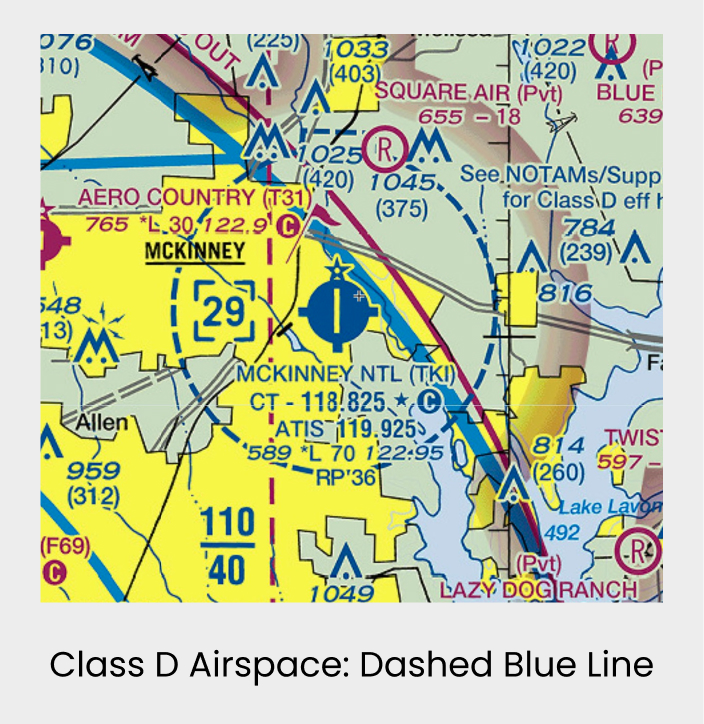
Class E on Sectional Charts
Below is Jamestown Regional Airport (JMS) is situated within two types of Class E airspace.
The area closest to the airport is marked by a dashed magenta line, indicating that Class E airspace starts at the surface and extends up to 700 feet AGL.
Farther out, the shaded magenta line marks where Class E airspace begins at 700 feet AGL.
CHANGE GIF ORDER SO THAT IT’S 1: PLAIN SECTIONAL CHART 2. STARTING AT SURFACE THEN 3. STARTING AT 700 AGL
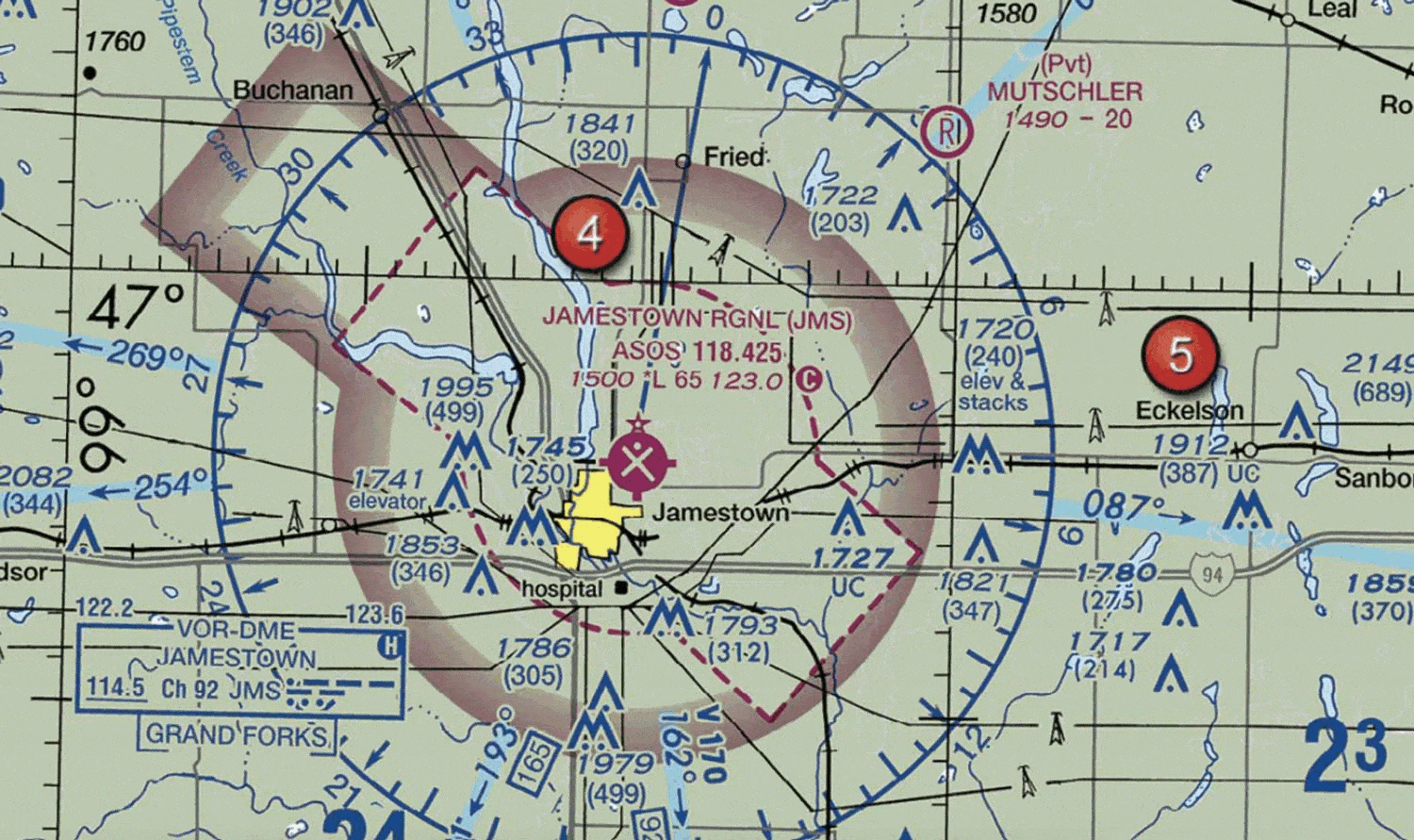
Practice Quiz

